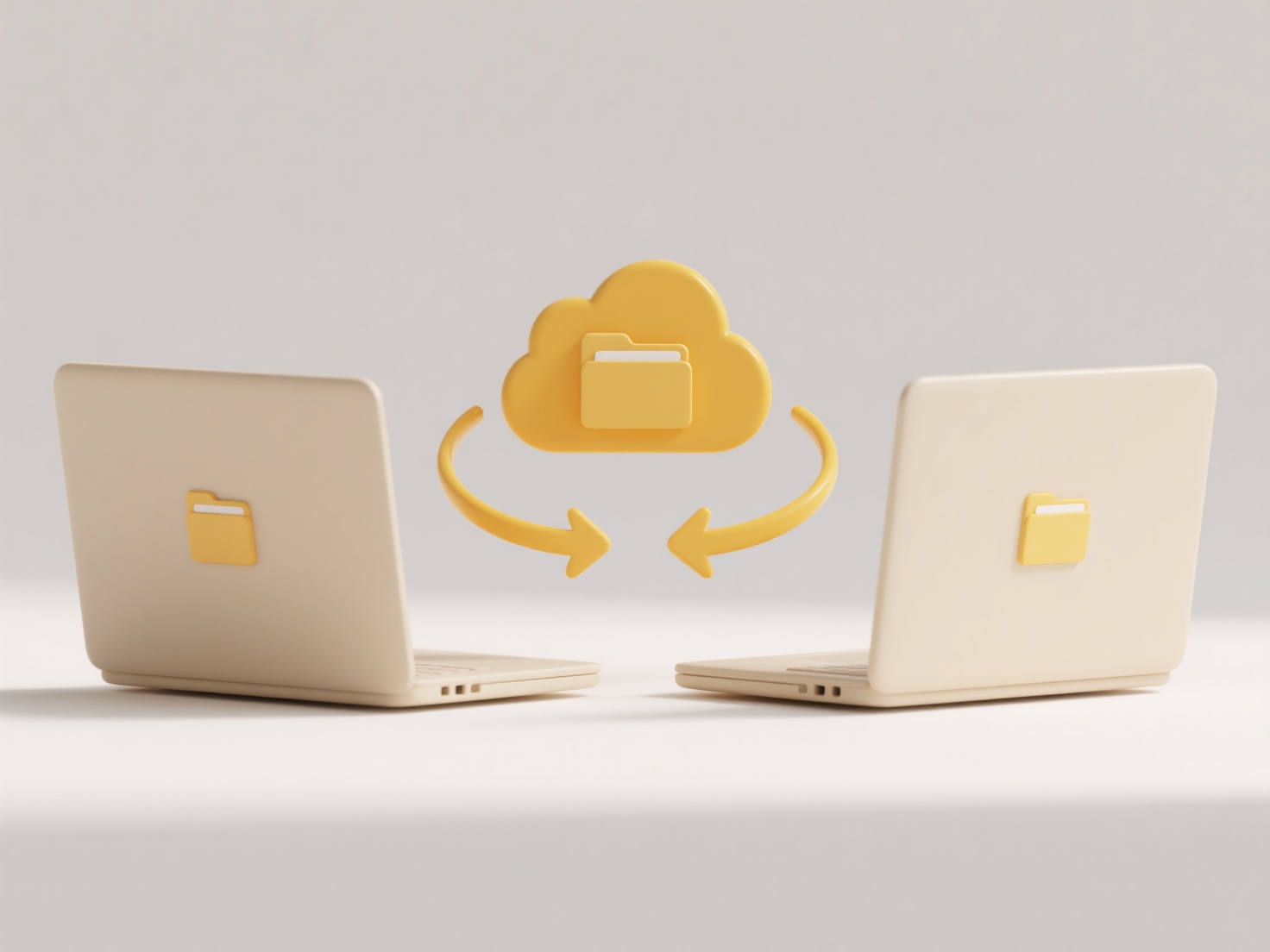
Shared file platforms often establish collaborators as individual copy owners rather than just viewers. Once edit access is granted, the collaborator essentially has their own instance of the file within their account space. Unlike simply revoking view access to a central file, removing an editor requires deleting their unique copy, which most platforms don't permit automatically due to data ownership principles. The initial share fundamentally distributes ownership or persistent editing rights.
For instance, when you share a Google Docs file with "Editor" rights, each person added becomes a co-owner able to create personal copies. Similarly, in platforms like SharePoint, giving someone "Edit" permissions to a document library file grants them persistent rights; they control their instance of that file unless their overarching library permissions change. The inability to directly "unshare" an individual stems from this individual ownership model once rights are granted.

This permanent delegation limits the original owner's control over file dissemination once editing rights are given. A key workaround involves changing the underlying permissions of the original file or folder to "Viewer" for everyone, then manually re-adding desired editors – this severs previous edit access links. Alternatively, moving or deleting the original file removes all access points. Future developments might offer time-limited edit access, but current permissions highlight the importance of careful initial sharing due to ethical data control implications once rights are delegated.
Why can’t I remove a collaborator from a shared file?
Shared file platforms often establish collaborators as individual copy owners rather than just viewers. Once edit access is granted, the collaborator essentially has their own instance of the file within their account space. Unlike simply revoking view access to a central file, removing an editor requires deleting their unique copy, which most platforms don't permit automatically due to data ownership principles. The initial share fundamentally distributes ownership or persistent editing rights.
For instance, when you share a Google Docs file with "Editor" rights, each person added becomes a co-owner able to create personal copies. Similarly, in platforms like SharePoint, giving someone "Edit" permissions to a document library file grants them persistent rights; they control their instance of that file unless their overarching library permissions change. The inability to directly "unshare" an individual stems from this individual ownership model once rights are granted.

This permanent delegation limits the original owner's control over file dissemination once editing rights are given. A key workaround involves changing the underlying permissions of the original file or folder to "Viewer" for everyone, then manually re-adding desired editors – this severs previous edit access links. Alternatively, moving or deleting the original file removes all access points. Future developments might offer time-limited edit access, but current permissions highlight the importance of careful initial sharing due to ethical data control implications once rights are delegated.
Quick Article Links
How do I compare Excel files to spot duplicates?
Comparing Excel files to identify duplicates involves checking rows or entries across different workbooks or sheets to f...
Why does my system say the file is unsafe?
Your system marks a file as unsafe when its security mechanisms detect potential risks. This typically occurs because th...
Why does Windows sometimes auto-rename new files?
Windows auto-renames new files primarily to prevent overwriting existing files with the same name and to ensure filename...